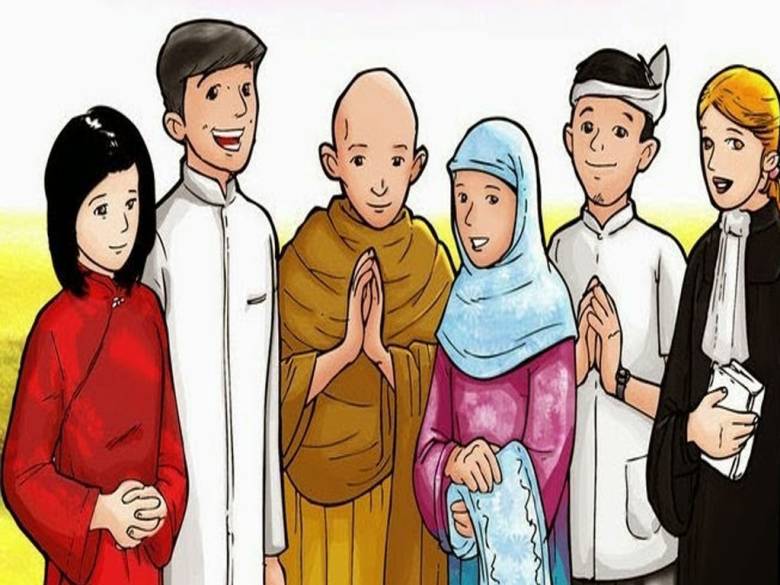How Beautiful is Religious Life with Mutual Tolerance

Living in a world distinguished by diversity and myriad beliefs, religious harmony and tolerance add to that beauty, testifying to the unity and understanding of humanity. Religious tolerance is not only an acceptance of different faiths but also a celebration of the tapestry of beliefs that toward complete mosaic is our society.
Religious harmony begins with the understanding that Christianity, Islam, Hinduism, Buddhism, Judaism-all various faiths-are prisms viewing human existence from a different angle. Each religion provides its adherents with one manner of viewing existence, morality, and purpose. In respecting those various perspectives, we open up a world of diversity and peacefulness.
Harmony in living religiously can only be enjoyed when appreciation of common values is shared across faiths: compassion, justice, and a pursuit for truth. Harmony encourages dialogue and respect toward one another, furthering the process by which learning and personal development take place. Often, people of different religions find that their core values align, even when practices and rituals differ. These commonalities are what a good, cooperative relationship can be built on top of when superficially divided by others.
This holds entirely true for religious contexts, too, as tolerance consolidates social cohesion and minimizes conflicts. When people and groups approach one another in an open-minded way, in a manner that ensures understanding of one another, they are unlikely to be found behaving in a prejudiced manner or practicing discrimination. Tolerance bridges gaps between notedly diverse groups, provides an avenue for peaceful coexistence to actually exist, and promotes the same.
Furthermore, religious tolerance contributes a great deal to cultural experiences and extends the horizon. The festivals, ceremonies, and traditions of other religions turn the culture more colorful. Not only does engaging oneself with these diverse practices help in deepening appreciation for diverse ways of life, but it also encourages a look toward the world in a wholesome way. It provides opportunities for collaboration and innovation, as diverse groups work together to address common challenges.
Religious tolerance affects more than an individual's way of interaction with each other. Where societies welcome diversity and inclusivity, they can also often be resilient and adaptable. They can respond easily to all challenges from the world by drawing upon a really wide range of ideas, solutions, and strategies. This is so important in that this is the collective strength and adaptability that is going to take them a long way into the future because the world is becoming an increasingly complicated place.
Religious tolerance requires practice and is a process that does not end. One has to be all ears, listen attentively, and put themselves in other people's shoes to understand their experiences and beliefs. Myths and prejudices of this kind are dispelled by education, and will pave the way for a well-informed and open society. With education on different types of religions and dialogue conducted in respect, religiously tolerant societies can be achieved.
In other words, the beauty of religious harmony and tolerance lies in the fact that it has the ability to bring everything together, bridge divides, and enrich lives. It makes societies different through mutual respect and cultural diversity and provides a foundation for peaceful coexistence. The working towards this ideal not only raised the individual experience but also served to provide a far more harmonious, intertwined world.



